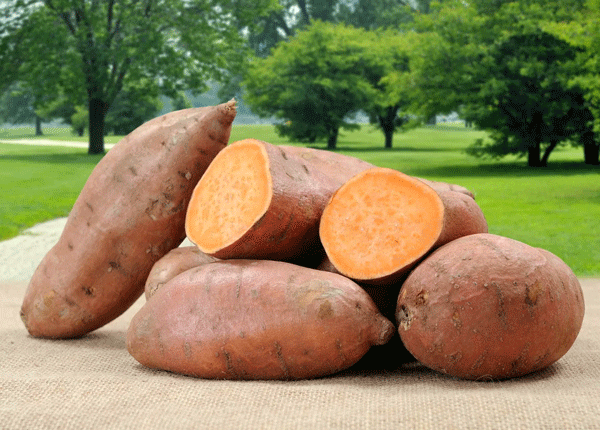Adapting to Changing Market Dynamics
During the summer months, Dole France imports sweet potatoes from South Africa, an origin that has undergone significant changes in recent years. Despite a reduction in production volume, the quality of South African sweet potatoes has markedly improved, establishing them as a premium product in the market.
“We work with this origin from May to August. Generally speaking, it is losing ground in terms of production and volumes. This is essentially due to the fact that two major sweet potato producers in South Africa have decided to drastically reduce their production areas,” explained Timothée Levesque, senior product manager at Dole France. This reduction in production was a strategic response to the rising costs post-COVID-19, aiming to create a niche market within South Africa that currently supplies around 800-1,000 tons for the French market.
Better Value for Money
The strategy to reduce production and focus on quality seems to be paying off. With consumption on the rise and a good sales dynamic, sweet potatoes from South Africa are now more highly valued. “A sweet potato that we sold for 1 euro/kg (1.09 USD/kg) 4 years ago is now selling for 1.40-1.50 euro (1.5-1.6 USD). These prices now allow us to remunerate the growers and reallocate land to stimulate sweet potato production,” Levesque noted.
Improved Quality
The decision to focus on quality over quantity has yielded positive results. Over the past three years, there has been a significant improvement in the quality of South African sweet potatoes. This improvement is attributed to the careful selection of varieties and the expertise of the two main exporters who ensure optimal transport conditions. Additionally, market segmentation has allowed for better allocation of sizes, with medium and large sizes reserved for continental Europe and smaller sizes repackaged for markets such as England. This segmentation reduces volume pressure and enhances overall quality.
Limited Development
Despite these improvements, the development of sweet potato production in South Africa remains constrained. Economic conditions pose challenges, with competition from more profitable crops like onions. Moreover, the technical requirement of curing sweet potatoes to ensure they are suitable for export is a limiting factor, as not all producers have the capability to do this effectively.
In summary, while South African sweet potato production has decreased in volume, the focus on quality and strategic market positioning has led to better value and improved product standards, benefitting both producers and consumers.
